Inactivity: The Silent Partner of Mental Illness
“The hardest part isn’t getting better — it’s starting to move when everything in you says stay still.”
The Closest Friend of Mental Illness
Inactivity is one of the closest friends of mental illness. It convinces us to wait—to stay still until we “feel better.” But here’s the truth: you won’t feel better until you move. This creates a painful loop:
“I’ll start doing things when I feel better,”
but doing things is what helps you feel better.
Behavioral Activation in CBT
In Cognitive Behavioral Therapy (CBT), we call this behavioral activation. It’s about identifying the trap of inactivity and breaking it through planned, meaningful action. People struggling with depression or anxiety often believe, “My mood never changes,” or “I always feel bad.” But behavioral activation is a direct challenge to those beliefs. When you engage in activity—even small, structured steps—you give your brain a chance to experience something new. Over time, your mood begins to respond. You begin to see that change is possible.
Acting Opposite in DBT
Acting Opposite in DBT Dialectical Behavior Therapy (DBT) approaches this from a different angle: opposite action. When your emotions urge you to withdraw, hide, or shut down, DBT teaches that the only path through is to act opposite to that urge. That means getting up, reaching out, showing up—especially when it’s the last thing you want to do. Facing and tolerating uncomfortable emotions is what builds emotional regulation and distress tolerance. Avoidance only reinforces the pain.
Facing the Loop
The truth is simple but not easy:
• Waiting to feel better keeps you stuck.
• Acting, even when you don’t feel ready, creates movement.
• And movement is the beginning of healing.
You don’t have to run a marathon—just take the first small step today. Send the message. Take the walk. Wash the dish. Each act is a quiet rebellion against the part of your illness that wants to keep you frozen. ⸻ Would you like me to add a short call-to-action for therapy at the end (e.g., a few compassionate sentences inviting readers to reach out if they feel stuck)?
If You Feel Stuck
If You Feel Stuck If you find yourself caught in this loop and can’t seem to break it, therapy can help you learn how to move again—emotionally, mentally, and practically. You don’t have to face it alone. Change starts small, and it starts with you taking one step toward help.
—
Joseph Mounts M.Ed., AADC, LPC
References
Beck, J. S. (2021). Cognitive behavior therapy: Basics and beyond (3rd ed.). Guilford Press.
Linehan, M. M. (2015). DBT skills training manual (2nd ed.). Guilford Press.


